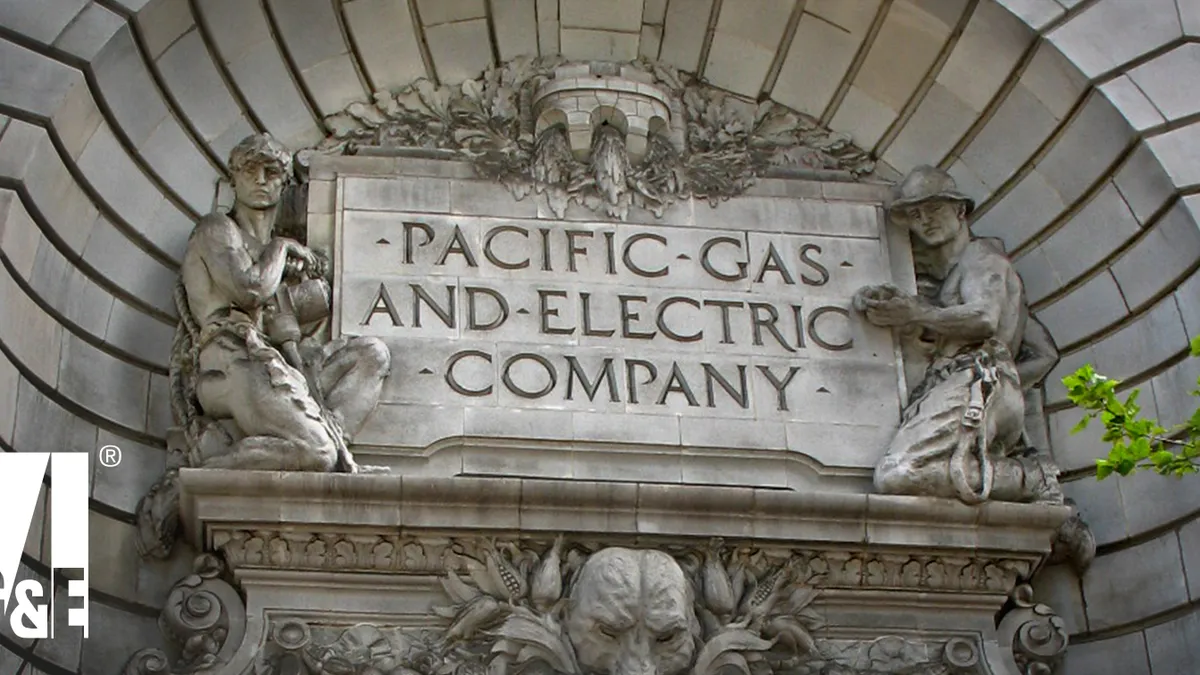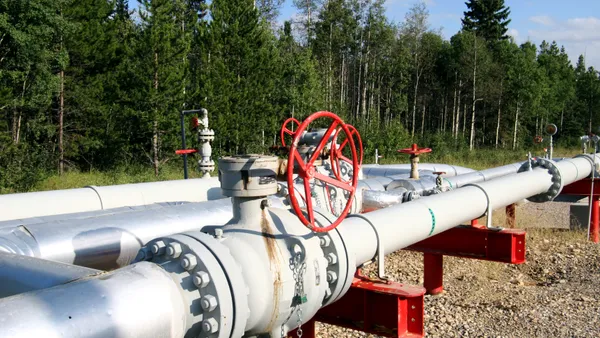Dive Brief:
-
Pacific Gas & Electric (PG&E) and its parent company PG&E Corp. emerged from Chapter 11 bankruptcy last week, after a 17-month long reorganization process — but experts say the utility is still exposed to the wildfire risks that drove it into bankruptcy in the first place.
- The company has obtained the financing needed to exit bankruptcy, it announced in a press release, and has put in place a new board of directors. Additionally, PG&E has funded a trust to compensate victims of the wildfires, which includes $5.4 billion in cash as well as stock representing roughly 22% of the company's ownership.
-
The company likely expects that it is protected from future liability, Michael Sweet, bankruptcy attorney and partner at Fox Rothschild, told Utility Dive. But "I'm not sure that resolving a bankruptcy resolved all the concerns of the people who have fundamental underlying concerns about PG&E continuing to operate in its current form."
Dive Insight:
"This is an important milestone, but our work is far from over. Our emergence from Chapter 11 marks just the beginning of PG&E's next era — as a fundamentally improved company and the safe, reliable utility that our customers, communities and California deserve," PG&E Corp. Interim CEO Bill Smith said in a statement.
Smith is temporarily replacing former PG&E Corp. CEO Bill Johnson, who left the company after its bankruptcy exit plan was approved. The company is emerging from bankruptcy with 11 new board members, who it says have experience in safety, risk management, corporate governance and executive compensation, among other things.
PG&E filed for bankruptcy in January 2019, facing liabilities from multiple catastrophic wildfires that were caused by its power lines in Northern California. The fires collectively led to more than 100 deaths and burned over hundreds of thousands of acres; when it filed for bankruptcy, the company estimated that its liabilities could amount to $30 billion.
Now, PG&E has resolved those liabilities with a $25.5 billion payout. It has set up a trust worth around $13.5 billion to compensate victims of the fires, funded by a $5.4 billion payout made last week, two installments amounting to $1.35 billion in 2021 and 2022, and stock payments. In addition, the company settled with insurance companies holding wildfire claims for $11 billion, and paid out another $1 billion in an agreement with local government entities affected by the fires.
The company's timely exit from bankruptcy allows it to participate in California's wildfire insurance fund, a $21 billion pool that includes contributions from utility shareholders and ratepayers. PG&E last week deposited $5 billion in the fund, it said, as an initial annual contribution.
PG&E is deploying a host of measures to reduce the risk of fire in its service territory, including adopting new grid technology, vegetation management and "hardening" its system, which includes installing covered conductors and undergrounding sections of the grid.
But some stakeholders question how effective these strategies will be. The utility plans to harden 241 miles of its lines in 2020, according to April Rose Maurath Sommer, executive and legal director of the Wild Tree Foundation, and around 7000 miles hardened in the next 12 to 14 years — out of over 30,000 miles of PG&E power lines in high fire-risk areas.
"I think the exposure [to fire risk] is definitely still there," she said.
PG&E's access to California's wildfire fund will likely prevent the company from going into immediate financial jeopardy if another fire were to occur, Mike Florio, an energy consultant and former commissioner at the California Public Utilities Commission, told Utility Dive.
But, "if they haven't learned their lesson and they haven't fixed the problems down the road, certainly they could be back in the soup again. I think the near-term financial risk seems to have been mitigated, but they've got a huge amount of work to do to be financially successful again in the long run," he added.
And, Maurath Sommer says, there are still many unknowns about how the fund will function and how far it will go — for instance, what happens if there are multiple fires at one point and the fund is depleted, as well as who gets first draw.
"I find it impossible to believe there's not going to be more utility-caused fires," she said, adding, "There's a very likely possibility that the fund could be depleted, and there's no contingency for that."














